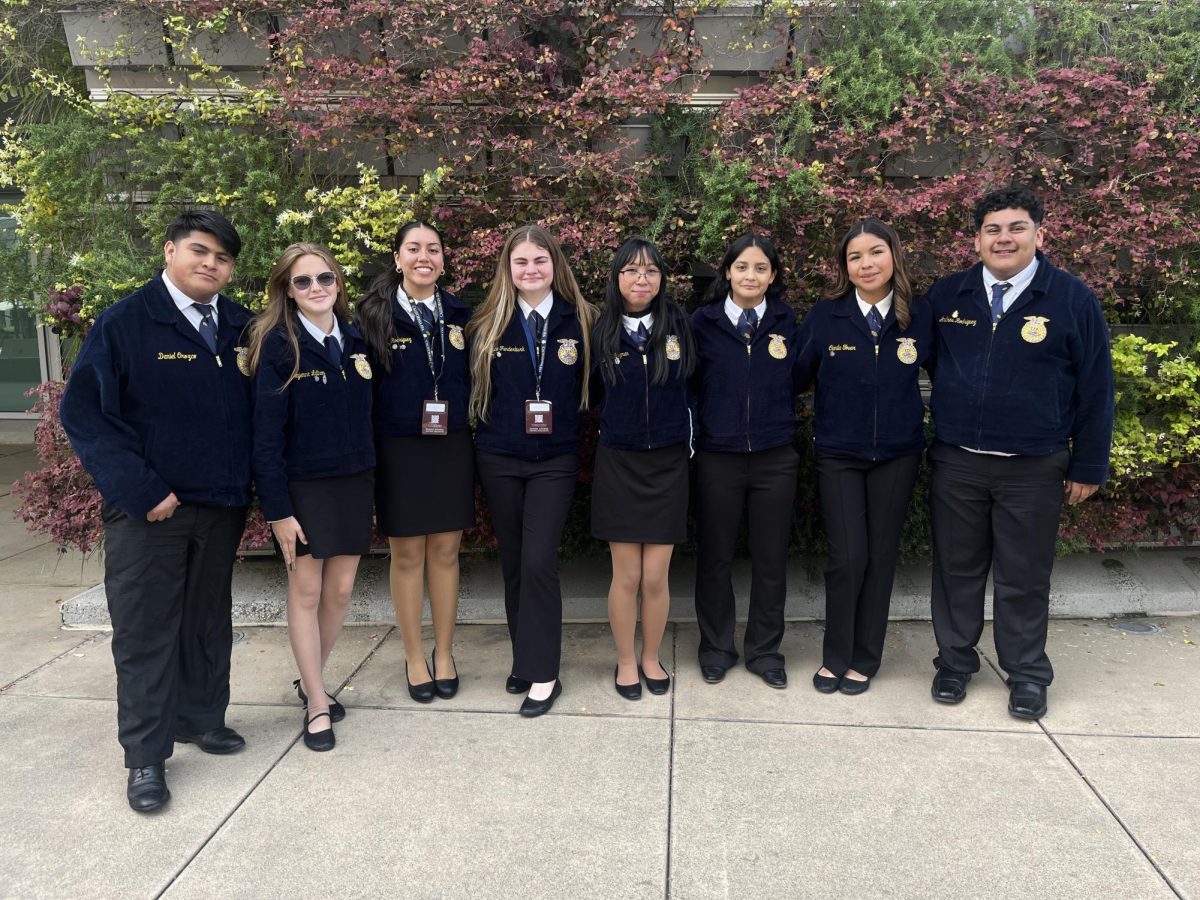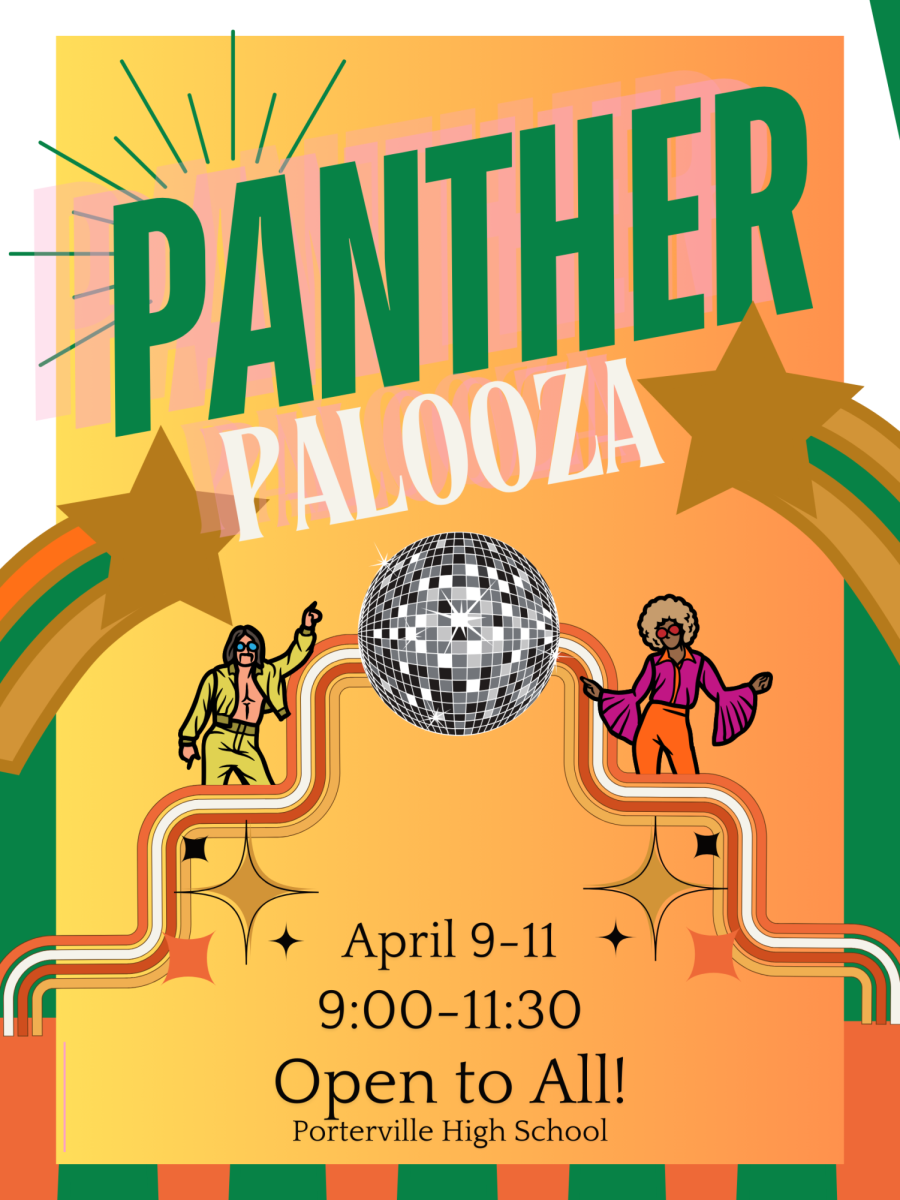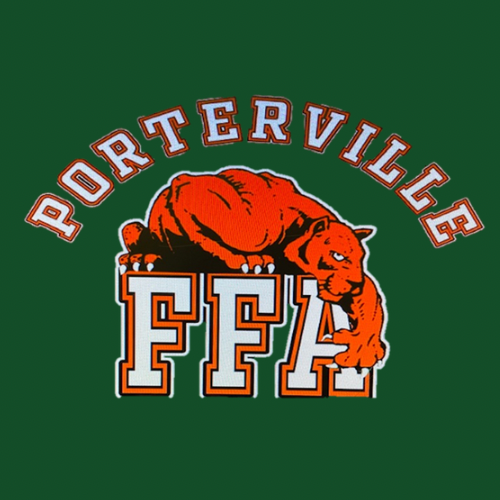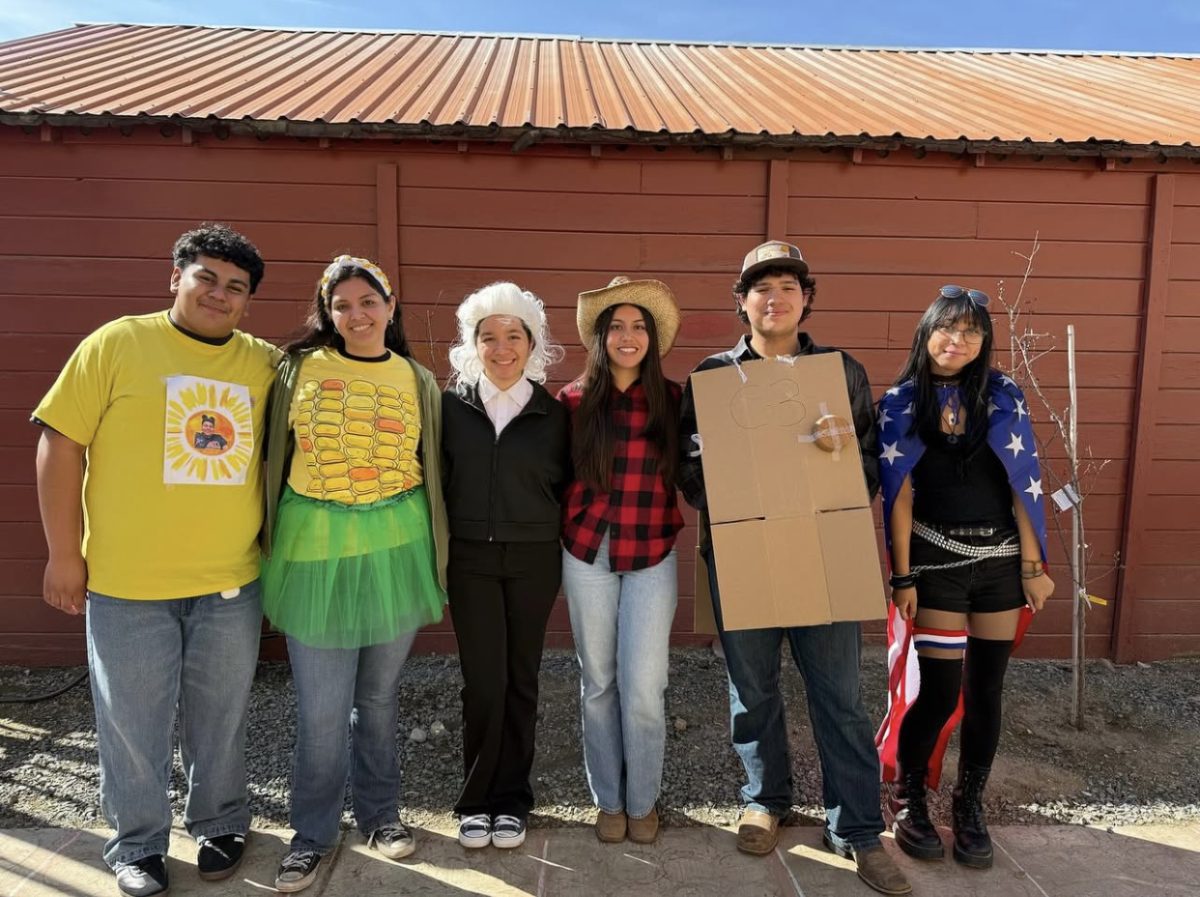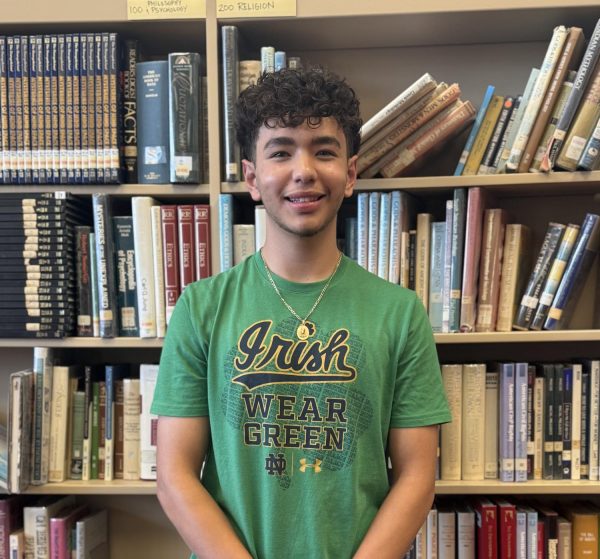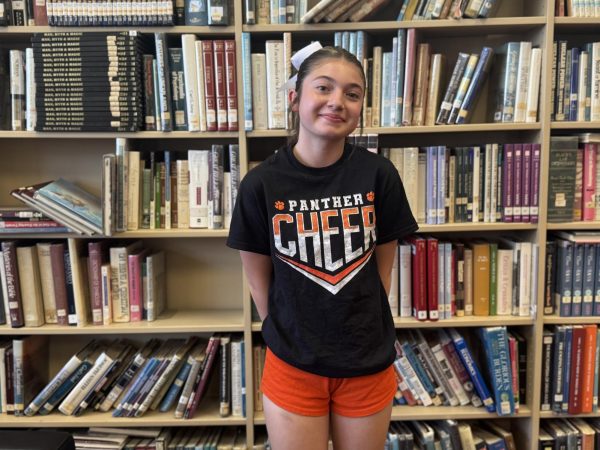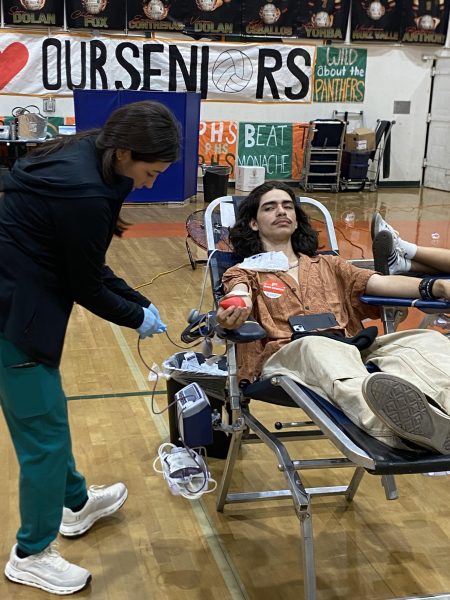
This Thursday, Porterville High School’s Health Occupations Students of America (HOSA) Club teamed up with the California Scholarship Federation (CSF) and the Red Cross to host a blood drive that brought the campus together for a good cause.
Before donation day, Health Occupations Students of America and California Scholarship Federation members visited classrooms to talk with students about why blood donations matter. They shared a fact that every two seconds someone in the U.S. needs blood. That message inspired many students to take action.
By the end of the day, 57 students had donated a pint each. Since just one pint can help save up to three lives, Porterville High’s blood drive could make a difference for more than 170 people in need. Representatives from the Central California Blood Center joined the event and shared how local donations have a big impact. Most of the blood collected stays right here in the Central Valley, going to hospitals where it is needed most, some shipments also reach patients in Los Angeles and the Bay Area. Students also learned some interesting facts. O negative blood is the universal donor type, meaning anyone can receive it, while AB negative is one of the rarest.
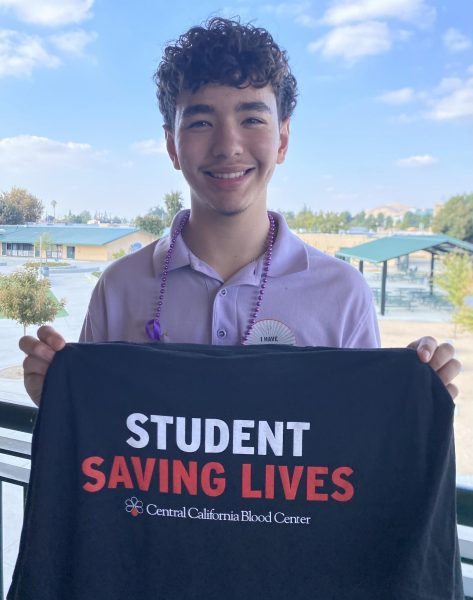
For many students like myself, this was our first time donating blood. When I arrived to give blood, I went through a process of approval. First, I turned in my parent consent form (note: you MUST get parent consent if you’re under 18). Then, the Central California Blood Center staff walked me through a health screening, which was a series of questions to determine my health status (to make sure I was able to give blood). Then, they took a finger prick to check my iron. Then, after determining that my iron wasn’t low (so I wouldn’t pass out when donating blood), I was escorted to a donation area and made myself comfortable in a chair. After that, they had me lay down, elevated my arm, rubbed the inside of my elbow to determine which vein would be best to draw blood from. During this process, I held a foam stress ball to flex my arm. Once the phlebotomist (a medical professional who draws blood) identified which vein would be best, she wiped down the area with an alcohol swab (to sanitize the area) and inserted the needle. I won’t lie; it hurt a lot. She stood by me to monitor and gave me an ice pack for behind my neck. Apparently, I was turning pale (and based on how I was feeling, it makes sense that I was changing colors). It was difficult to stabilize my breathing, so the phlebotomist, who never left my side, made sure I was okay and kept checking on me and reassuring me that I just needed to relax. After she took the amount of blood needed (a pint), she took the needle out, bandaged the area, and told me to relax for a few minutes. Immediately after, I got popcorn, a cookie, and an apple juice. I even got a free shirt for donating blood (how cool is that?!). Overall, I left feeling satisfied in having done a good deed and saving a life. I would do it again, and I hope you will consider donating blood the next time you have the opportunity.
The Blood Center’s mobile blood bus travels across five counties and runs seven days a week, visiting high schools like Porterville High to encourage young donors to make a difference. It feels good knowing that just a few minutes of our time can help save someone’s life.

